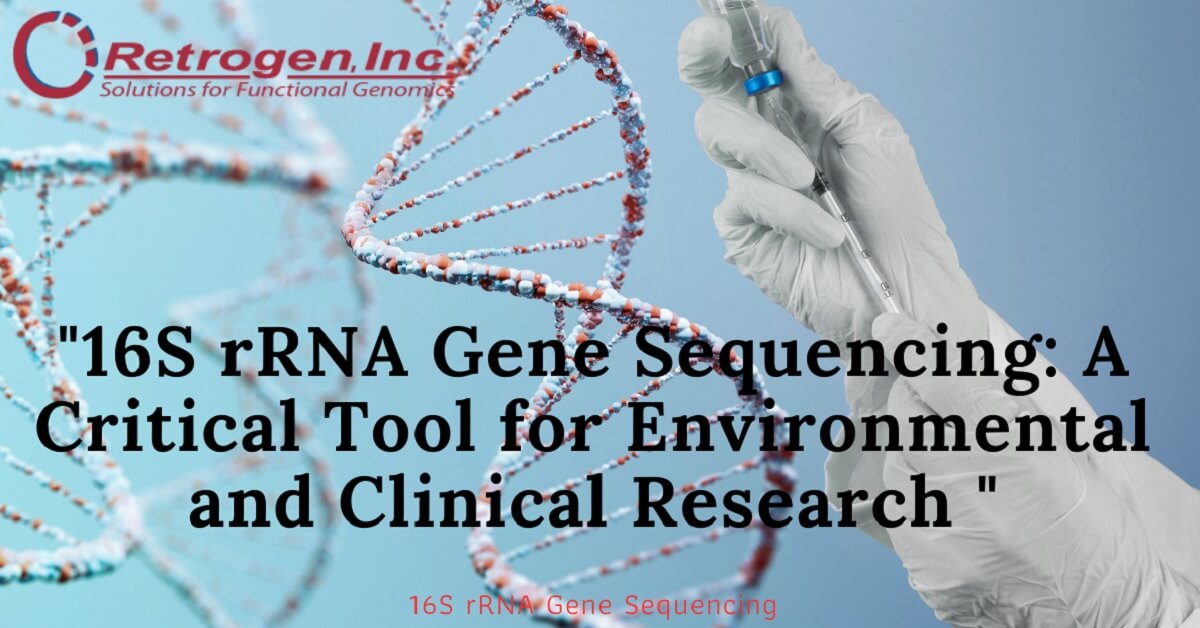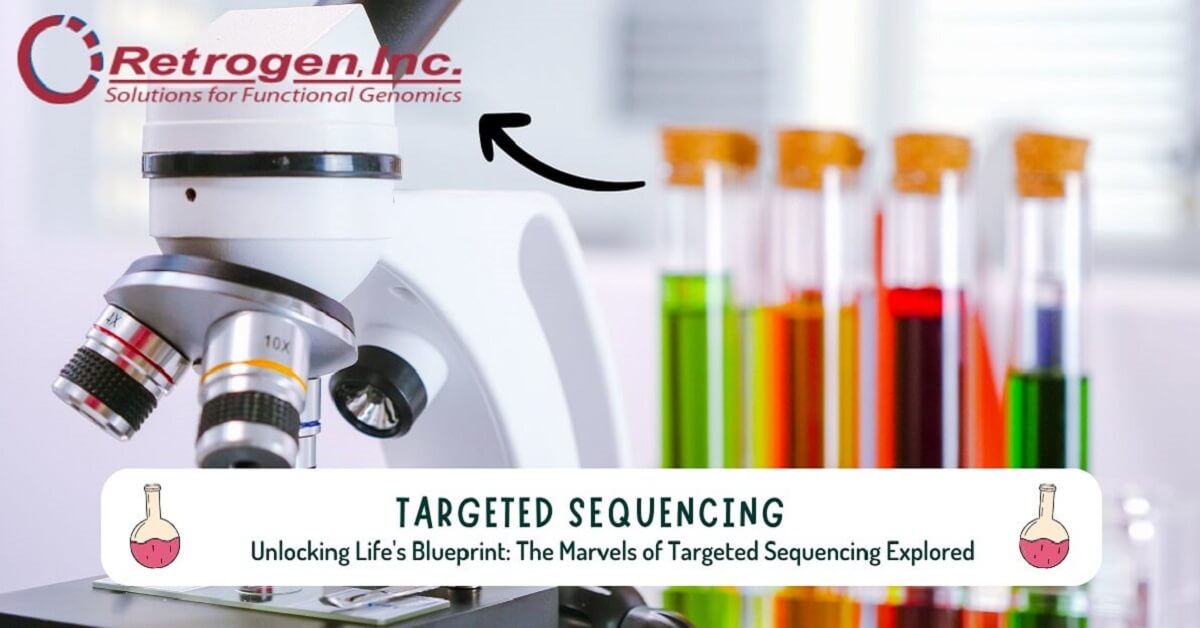
In the vast and intricate world of microbiology, the capability to directly identify and classify microorganisms is pivotal for a wide range of operations, from environmental monitoring to the development of new antibiotics. One of the most important tools for microbial identification is 16S rRNA gene sequencing. This molecular fashion has revolutionized the way scientists study bacterial communities and has become a foundation in the field of microbiology.
What’s 16S rRNA Gene Sequencing?
The 16S ribosomal RNA( rRNA) gene is an element of the prokaryotic ribosome, which is essential for protein conflation. This gene is largely conserved across different species of bacteria and archaea, making it an ideal target for phylogenetic studies. 16S rRNA gene sequencing involves segregating the inheritable material from a sample, amplifying the 16S rRNA gene using polymerase chain response( PCR), and also sequencing the amplified genes to identify the microorganisms present.
Advantages of 16S rRNA Gene Sequencing
- High particularity and perceptivity The 16S rRNA gene contains both conserved and variable regions, which allows for the isolation between nearly affiliated species and indeed strains within a species.
- Culture-Independent Traditional styles of microbial identification frequently calculate on cultivating bacteria, which can be time-consuming and may not be successful for all microorganisms. 16S rRNA gene sequencing bypasses the need for culturing, allowing for the analysis of bacteria that are delicate or insoluble to grow in a lab.
- Comprehensive Analysis With 16S rRNA gene sequencing, it’s possible to gain a comprehensive overview of the bacterial community in a sample, including both abundant and rare species.
- Evolutionary connections The data attained from 16S rRNA gene sequencing can be used to construct phylogenetic trees that depict the evolutionary connections between different microorganisms.
operations of 16S rRNA Gene Sequencing
- Clinical Diagnostics In clinical settings, 16S rRNA gene sequencing helps in relating pathogens that are difficult to diagnose using traditional styles. It can also be used to study the microbiome and its part in health and complaints.
- Environmental Monitoring Scientists use 16S rRNA gene sequencing to study microbial communities in colorful surroundings, similar to soil, water, and air. This information is vital for understanding ecosystem dynamics and assessing environmental impacts.
- Food Industry The fashion is employed to ensure the safety and quality of food products by detecting the corruption of organisms and pathogens.
- Biotechnology and Pharmaceutical Research Understanding microbial communities are essential for the development of biotechnological operations and new medicinals.
Challenges and Considerations
While 16S rRNA gene sequencing is an important tool, it does come with challenges. One issue is the eventuality of impurity during sample collection or DNA birth, which can lead to inaccurate results. also, the choice of manuals for PCR modification can impact which bacteria are detected, potentially introducing bias in the data. Another consideration is data analysis. The vast quantum of data generated by 16S rRNA gene sequencing requires sophisticated bioinformatics tools to interpret directly. Experimenters must also be apprehensive of the limitations of the fashion, similar to its incapability to distinguish between live and dead cells.
Conclusion
16S rRNA gene sequencing has become a necessary system for studying microbial communities and has broad operations across colorful fields. Its capability to give detailed perceptivity into microbial diversity without the need for culturing has made it a gold standard in microbial identification. As technology advances and bioinformatics tools become more refined, the delicacy and mileage of 16S rRNA gene sequencing will continue to ameliorate, further enhancing our understanding of the microbial world around us.
For experimenters, healthcare professionals, environmental scientists, and assiduity stakeholders, using the power of 16S rRNA gene sequencing is essential for unleashing the mystifications of microbial life and employing its eventuality for the benefit of society and the terrain.






